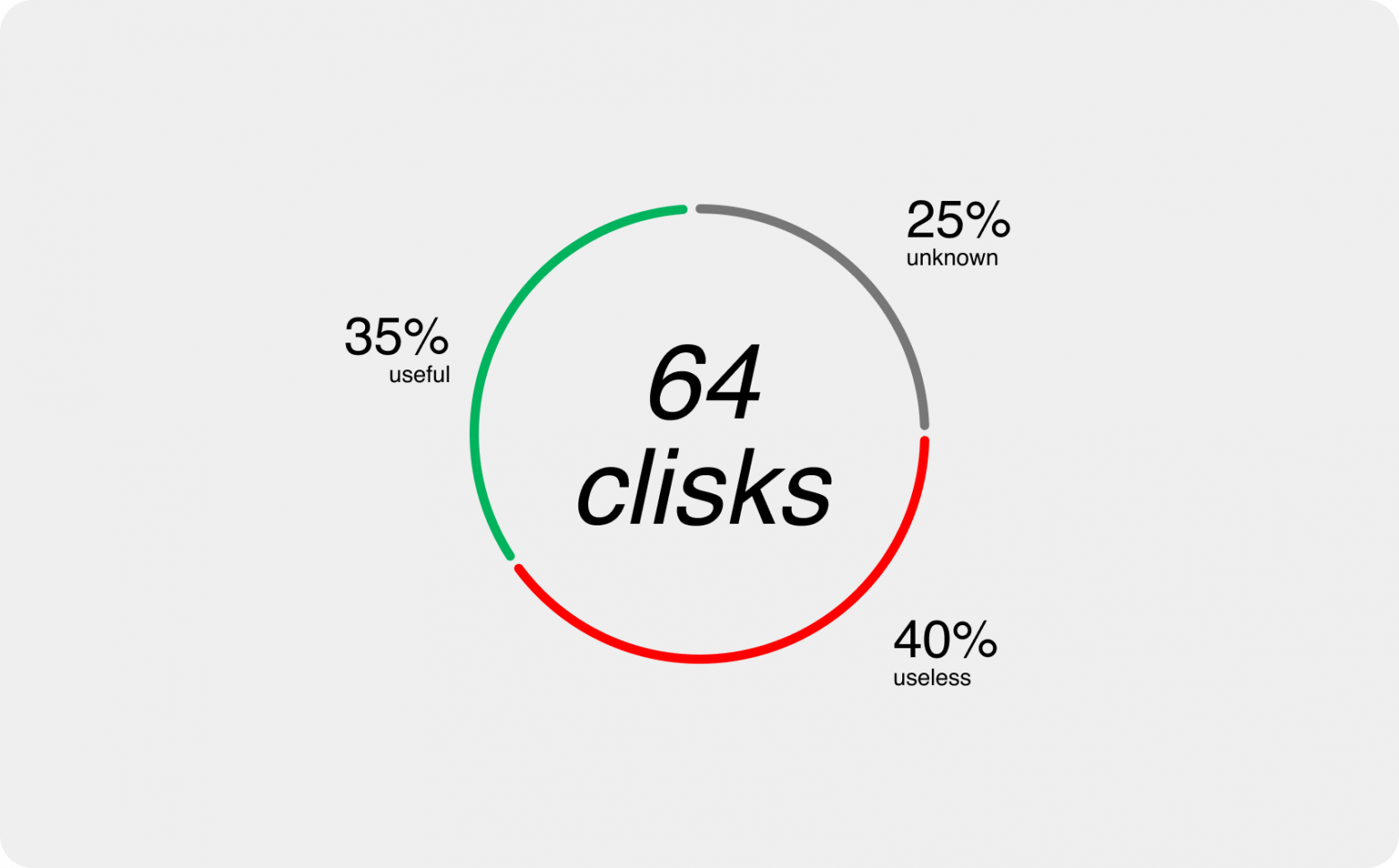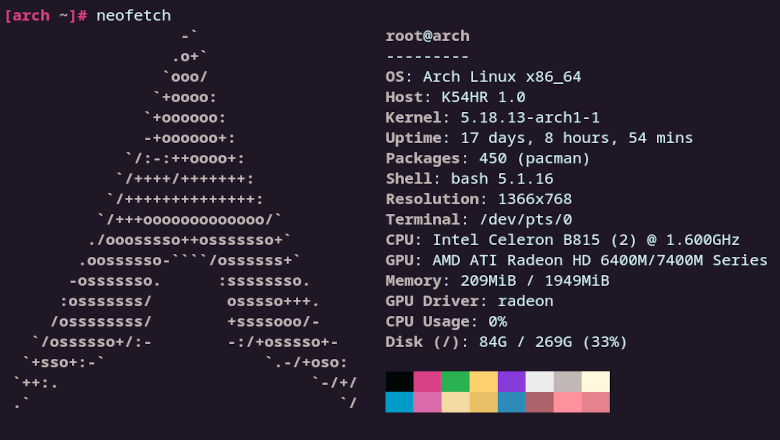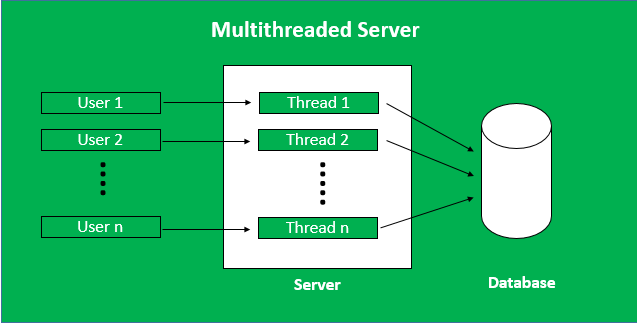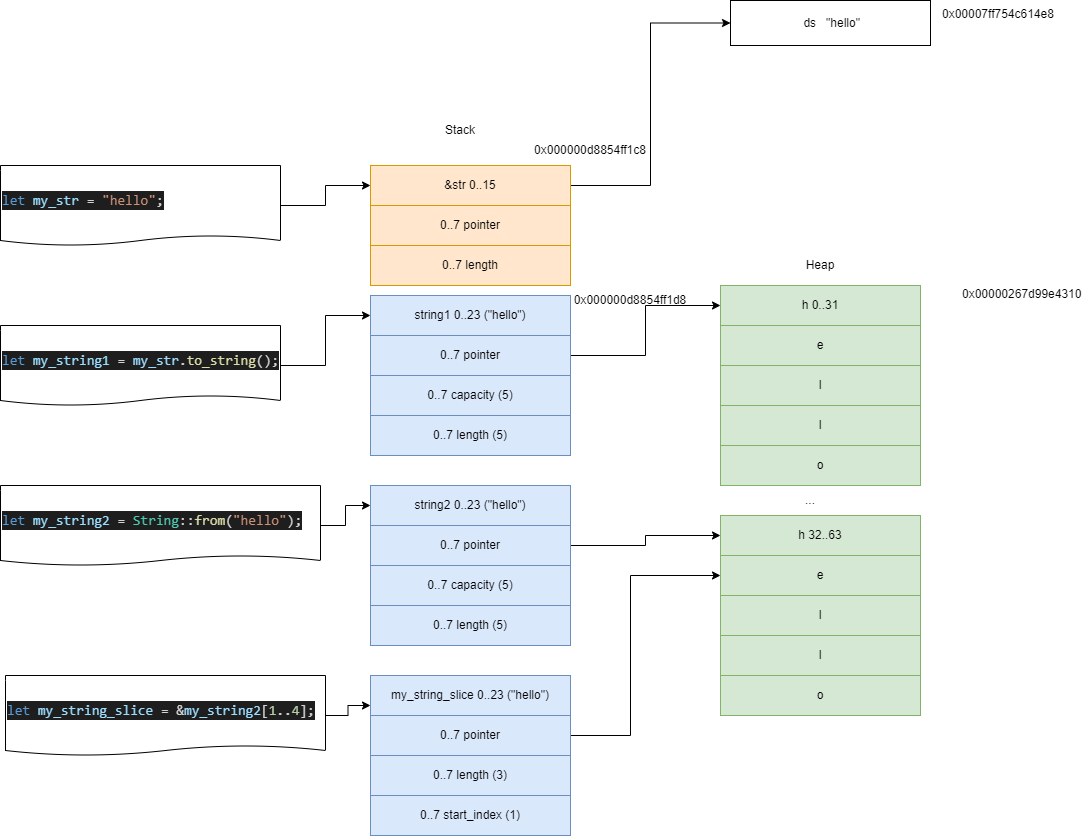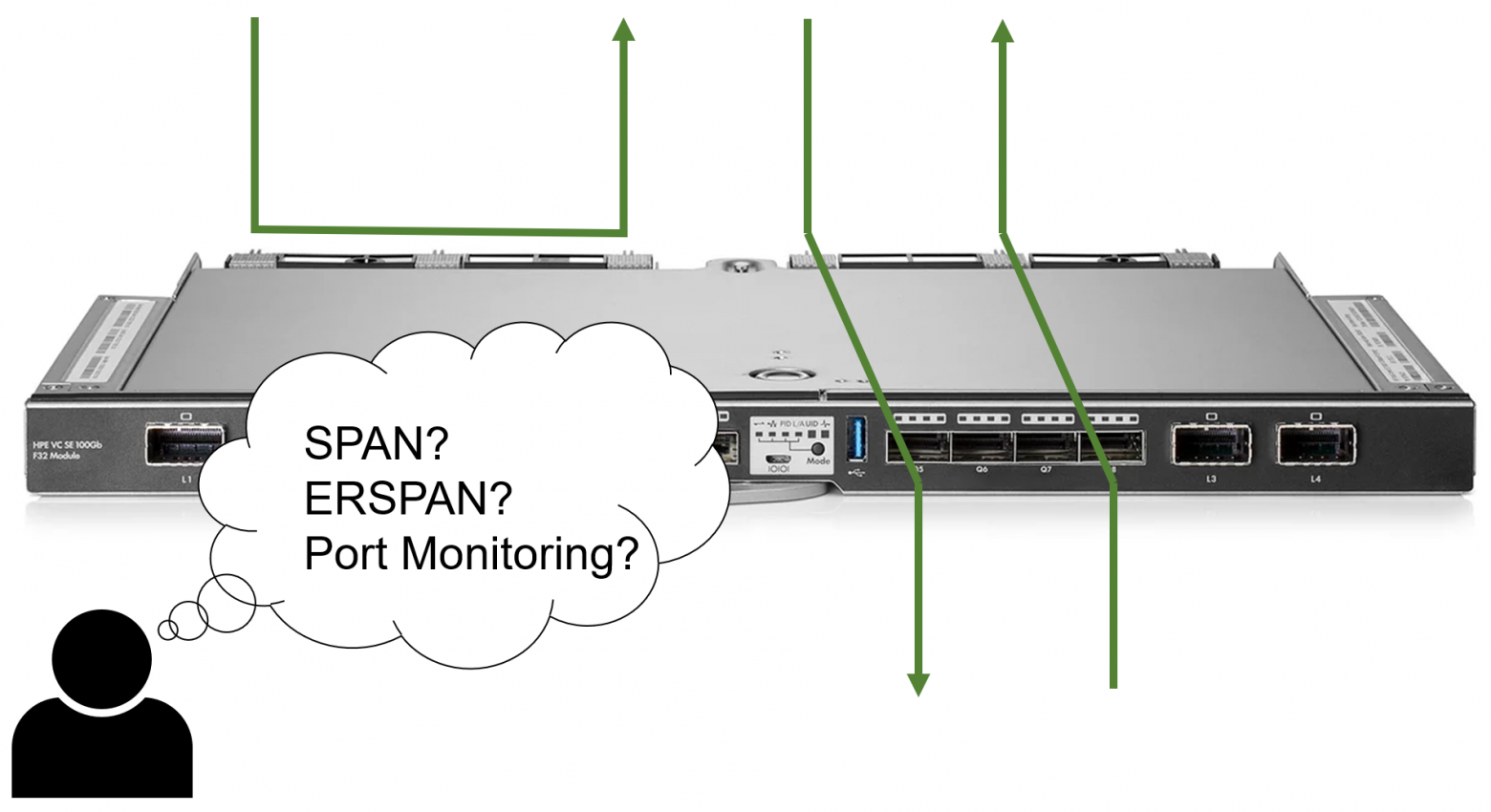
For iOS developers, WWDC is always something of a New Year. We are presented with so many new products, and sometimes you can get lost in them. Most of my colleagues are trying to be in touch by watching “Platform State of Union” and all “What’s new” sessions. The event basically provides an opportunity to developers a glimpse of the features to expect from the software part. When Apple has a conference like this one, they want to make sure they have enough time to get everything done. In order to do this, they need to be able to work at their own pace and not worry about how long it will take them to get something done.
This means that if you have a small project, it may not be that important but once you move into larger projects with more people involved, every second saved can be worth several dollars in terms of money saved or profit made by the company. The platform tightly integrates programming languages, frameworks, and tools. Everyone gains when these three complement one another. Customers receive a consistent experience, such as scrolling that feels right every time. And developers may devote more time and attention to what distinguishes the app.
And it’s fine, you don’t need to spend so much time for this other unpopular stuff. However, in these, not-so-popular videos as couple of them may be called as “hidden gems” because of the content or a beautiful presentation/structure. Let me show couple of them!






